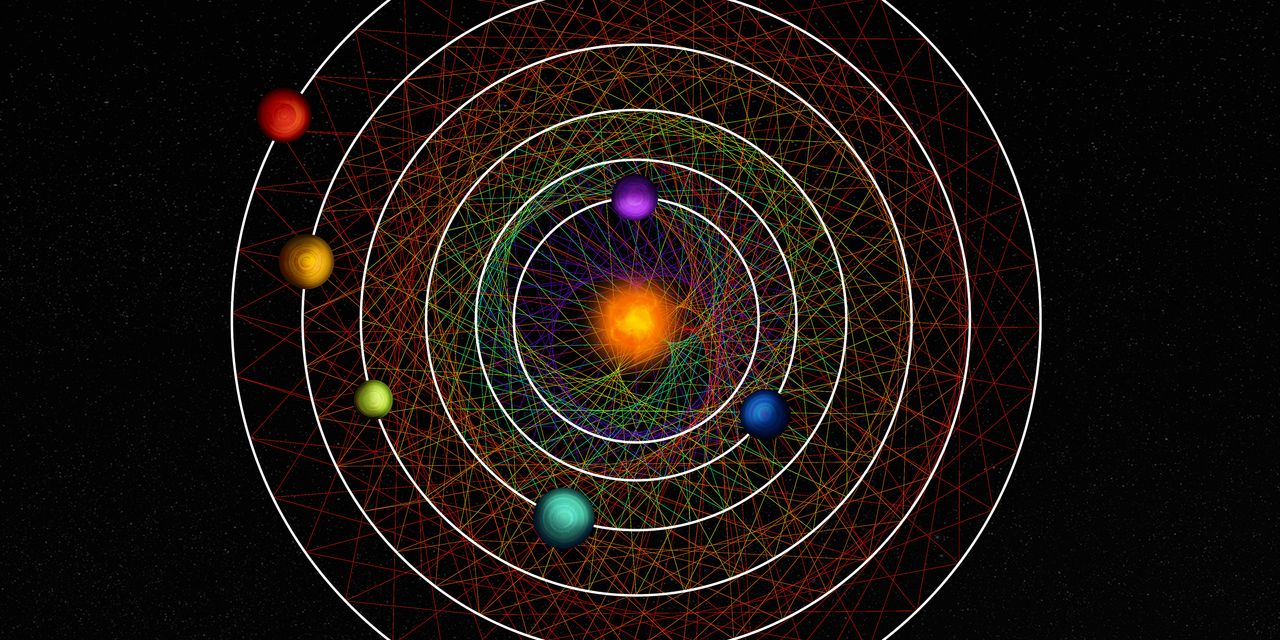-
New Six-Planet Star System Discovered 100 Light-Years from Earth
Listen to article (2 minutes) A family of six gaseous worlds circling like rhythmic dervishes around a sun-like star will soon help astronomers better understand how planetary systems like our own formed and evolved. This newly discovered system, about 100 light-years from Earth, is unusual because its planets orbit a bright host star in a…
-
‘Shocked and delighted’: Astronomers find six planets orbiting in resonance
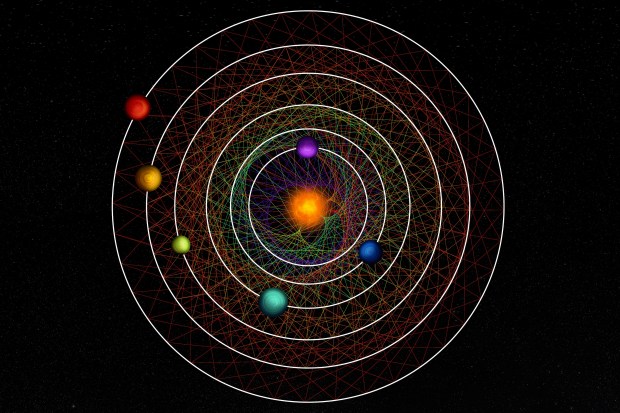
The six planets of the HD 110067 system, shown in this artist’s depiction, orbit in a resonant chain that links their periods mathematically. Credit: © CC BY-NC-SA 4.0, Thibaut Roger/NCCR PlanetS A newly discovered system of six planets circling a nearby Sun-like star may be the key to unlocking how planetary systems form. All between…
-
The Solar Radius Might Be Slightly Smaller Than We Thought
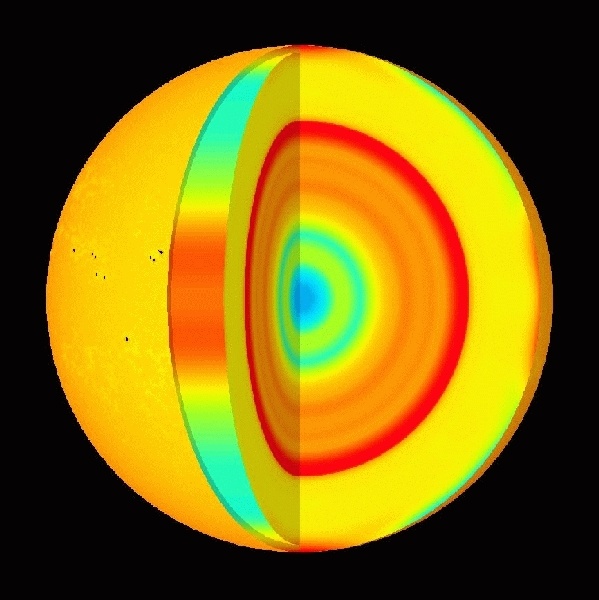
Two astronomers use a pioneering method to suggest that the size of our Sun and the solar radius may be due revision. Our host star is full of surprises. Studying our Sun is the most essential facet of modern astronomy: not only does Sol provide us with the only example of a star we can…
-
How do comets get their names?
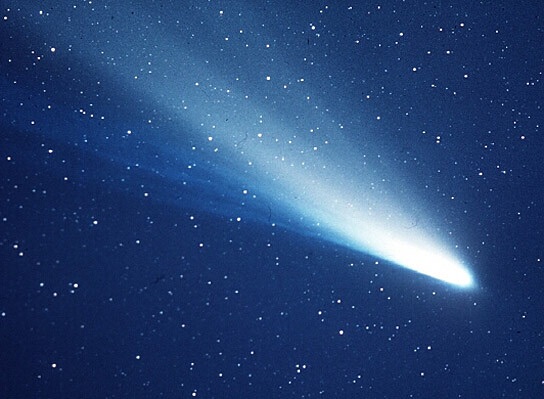
Comet 1P/Halley is perhaps the most famous comet. Though it only passes near Earth about once every 75 years, over time, it has left an expansive trail of debris throughout its entire orbital path. When Earth passes through this debris each year, we are treated to a meteor shower known as the Eta Aquariids. Credit:…
-
Building blocks for life could have formed near new stars and planets
While life on Earth is relatively new, geologically speaking, the ingredients that combined to form it might be much older than once thought. According to research published in ACS Central Science, the simplest amino acid, carbamic acid, could have formed alongside stars or planets within interstellar ices. The findings could be used to train deep…
-
December Astronomy: What’s in the North Texas sky this month?
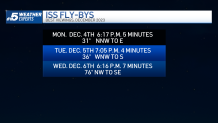
INTERNATIONAL STATION FLY-BYS The International Space Station will make flybys across the North Texas sky this month. The ISS appears as a fast-moving star across the night sky. Best December 2023 ISS flybys The International Space Station rotates around the Earth at a speed of 17,500 mph. The ISS rotates about its center of mass…
-
Dr. Dara Norman Wants to Bring More People Into Science

What does access mean to you? What about scientific merit? What are the things you take for granted that you aren’t even aware of because of your privilege? For Dr. Dara Norman, who is deputy director of the Community Science and Data Center at NOIRLab and the incoming president-elect of the American Astronomical Society (AAS),…
-
Dr. Dara Norman Wants to Bring More People Into Science

What does access mean to you? What about scientific merit? What are the things you take for granted that you aren’t even aware of because of your privilege? For Dr. Dara Norman, who is deputy director of the Community Science and Data Center at NOIRLab and the incoming president-elect of the American Astronomical Society (AAS),…
-
“Cosmic vine” discovered by the James Webb Space Telescope
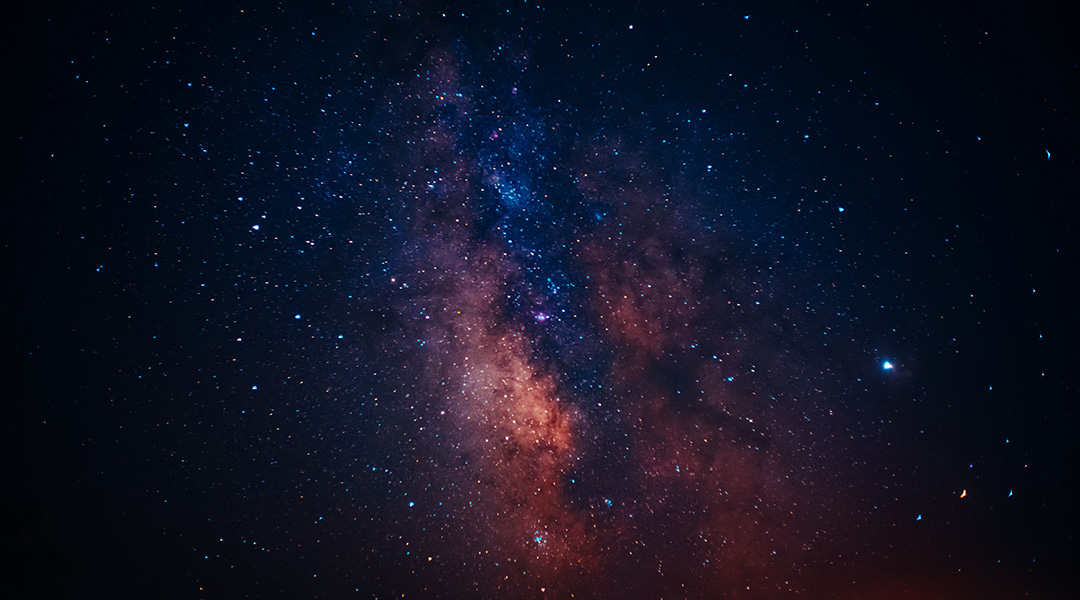
The twenty gravitationally connected galaxies extend through the early Universe for millions of light years. Ever since it began sending data back to Earth in the summer of 2022, the impact of the James Webb Space Telescope on our understanding of the early Universe has been almost immeasurable. Now, one of the latest discoveries made…
-
ISRO’s AstroSat Has Detected More Than 600 Gamma-Ray Bursts Since 2015: Report
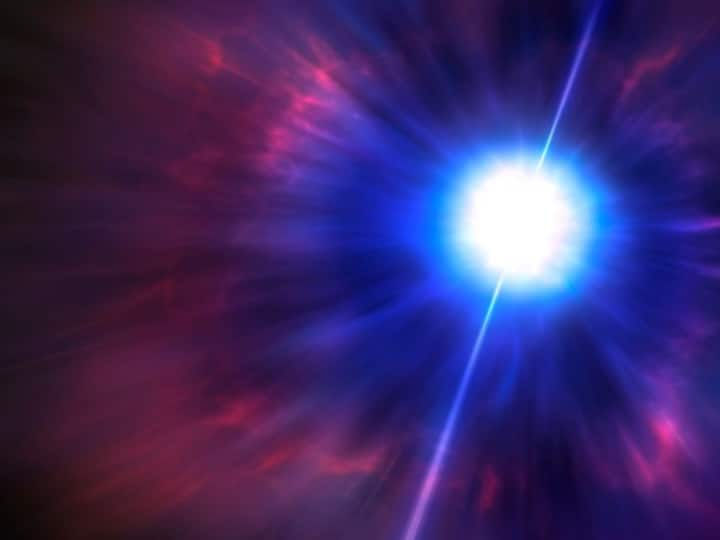
The Indian Space Research Organisation’s (ISRO’s) AstroSat has detected more than 600 gamma-ray bursts since it was commissioned in 2015. Each gamma-ray burst detected by AstroSat represents the death of a massive star or the merging of neutron stars. The Cadmium Zinc Telluride Imager (CZTI) onboard AstroSat detected the gamma-ray bursts, news agency PTI reported.…
